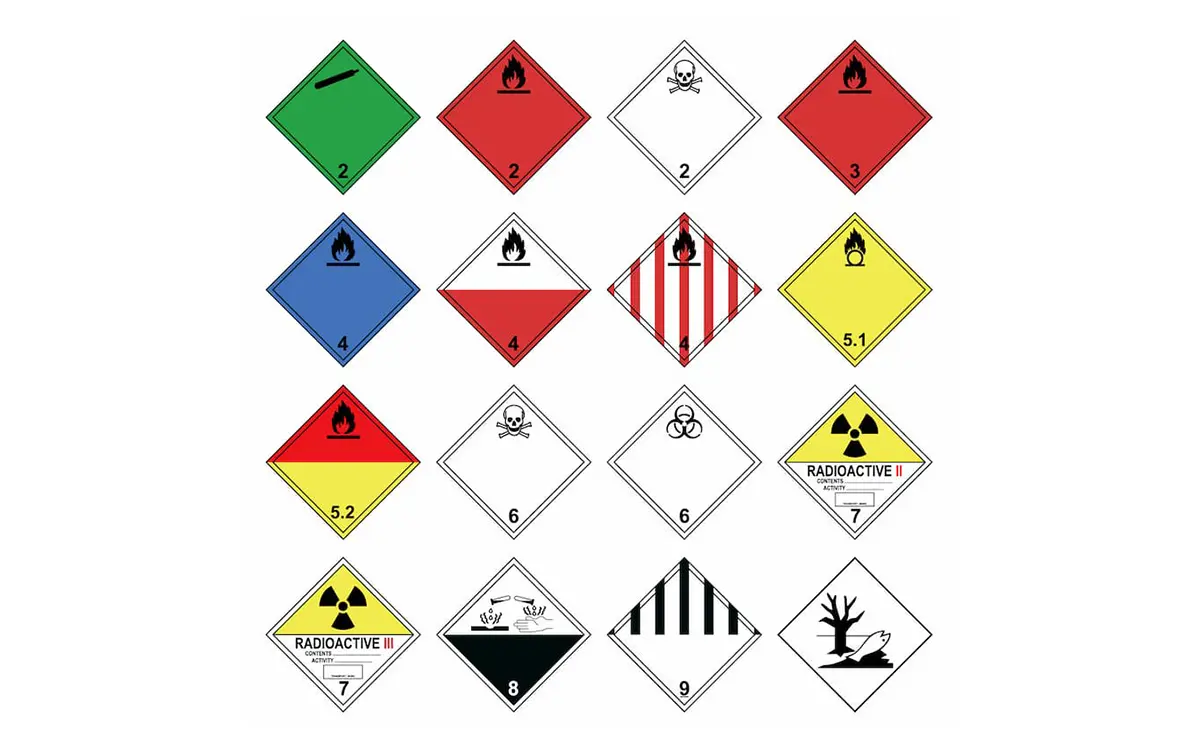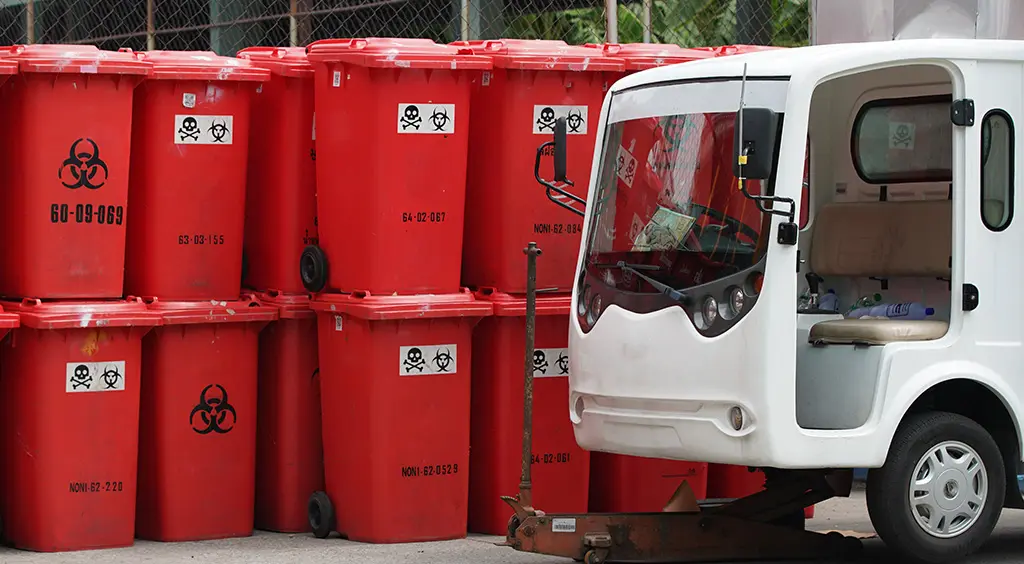When it comes to transporting waste or hazardous materials, it is essential to ensure that proper safety measures are taken to avoid any environmental or health risks. In this article, we will take a closer look at how couriers handle the transportation of waste and hazardous materials, including the steps they take to ensure safety and compliance with regulations.
Understanding Waste and Hazardous Materials
Before we dive into the specifics of how couriers handle waste and hazardous materials, it is essential to understand what they are. Waste materials refer to any material that is discarded, including household waste, construction waste, and industrial waste. Hazardous materials, on the other hand, refer to substances that have the potential to cause harm to human health or the environment, including chemicals, batteries, and medical waste.
Packaging and Labelling
One of the most critical steps in transporting waste and hazardous materials is proper packaging and labelling. Couriers must ensure that all waste and hazardous materials are packaged correctly, using appropriate containers that are leak-proof and capable of withstanding the contents’ weight and volume. Additionally, all packages must be clearly labelled with appropriate hazard warnings and identification labels, making it easy to identify and handle the contents.

What are the types of hazardous waste/items?
Hazardous items that can be transported include:
- Chemicals
These are substances that have the potential to cause harm to human health, the environment, or property. Examples include acids, bases, solvents, and pesticides. - Pesticides
These are chemicals used to control pests, such as insects, weeds, and fungi. Pesticides can be harmful to human health and the environment if not properly handled. - Medical waste
This includes any waste generated by healthcare facilities, such as sharps, infectious waste, and pharmaceutical waste. Medical waste can pose a risk of infection or contamination if not properly handled. - Radioactive materials
These are materials that emit ionizing radiation, such as uranium, plutonium, and radioactive isotopes. Radioactive materials can pose risks to human health and the environment if not properly handled. - Explosives
These are substances that can undergo rapid chemical reactions, resulting in the release of gas and heat. Examples include fireworks, ammunition, and blasting agents. - Batteries
These are energy storage devices that can pose risks of fire, explosion, or chemical exposure if damaged or improperly handled. Examples include lithium-ion batteries and lead-acid batteries.
These items require specific handling, packaging, and transportation procedures to ensure safety and compliance with regulations.
Transportation Modes
When it comes to transporting waste and hazardous materials, there are several transportation modes available, including road, rail, air, and sea. Each mode has its specific requirements and regulations, which couriers must comply with. For example, transporting hazardous materials by air requires special permits, while transporting waste by road may require specific vehicles and drivers with the appropriate licenses.
Safe and Secure Deliveries
Safety Procedures
To ensure safety during transportation, couriers must follow specific safety procedures. For example, drivers must have the appropriate training and qualifications to handle waste and hazardous materials safely. Additionally, couriers must have emergency response plans in place to handle any spills or accidents that may occur during transportation.
Regulations and Compliance
Transporting waste and hazardous materials is subject to several regulations and laws. Couriers must comply with these regulations to ensure safe and legal transportation. Failure to comply with regulations can result in fines, penalties, and potentially criminal charges.
Insurance and Liability
Given the potential risks associated with transporting waste and hazardous materials, couriers must have appropriate insurance coverage to protect themselves and their clients. Insurance coverage can include liability insurance, which covers damage to property or injury to individuals, and environmental insurance, which covers any environmental damage that may occur during transportation.

Waste Management and Disposal
Once waste and hazardous materials reach their destination, they must be disposed of safely and appropriately. Couriers must ensure that waste and hazardous materials are disposed of in compliance with all relevant laws and regulations. This may include recycling, treatment, or disposal in designated facilities.
The Importance of Choosing a Reliable Courier
Choosing a reliable courier for the transportation of waste and hazardous materials is essential to ensure safety and compliance. It is crucial to work with a courier that has experience in handling hazardous materials and is compliant with all relevant regulations.
Conclusion
In conclusion, transporting waste and hazardous materials requires proper packaging and labelling, adherence to safety procedures, compliance with regulations, appropriate insurance coverage, and safe waste management and disposal. Working with a reliable courier with experience in handling hazardous materials is essential to ensure safety and compliance.

